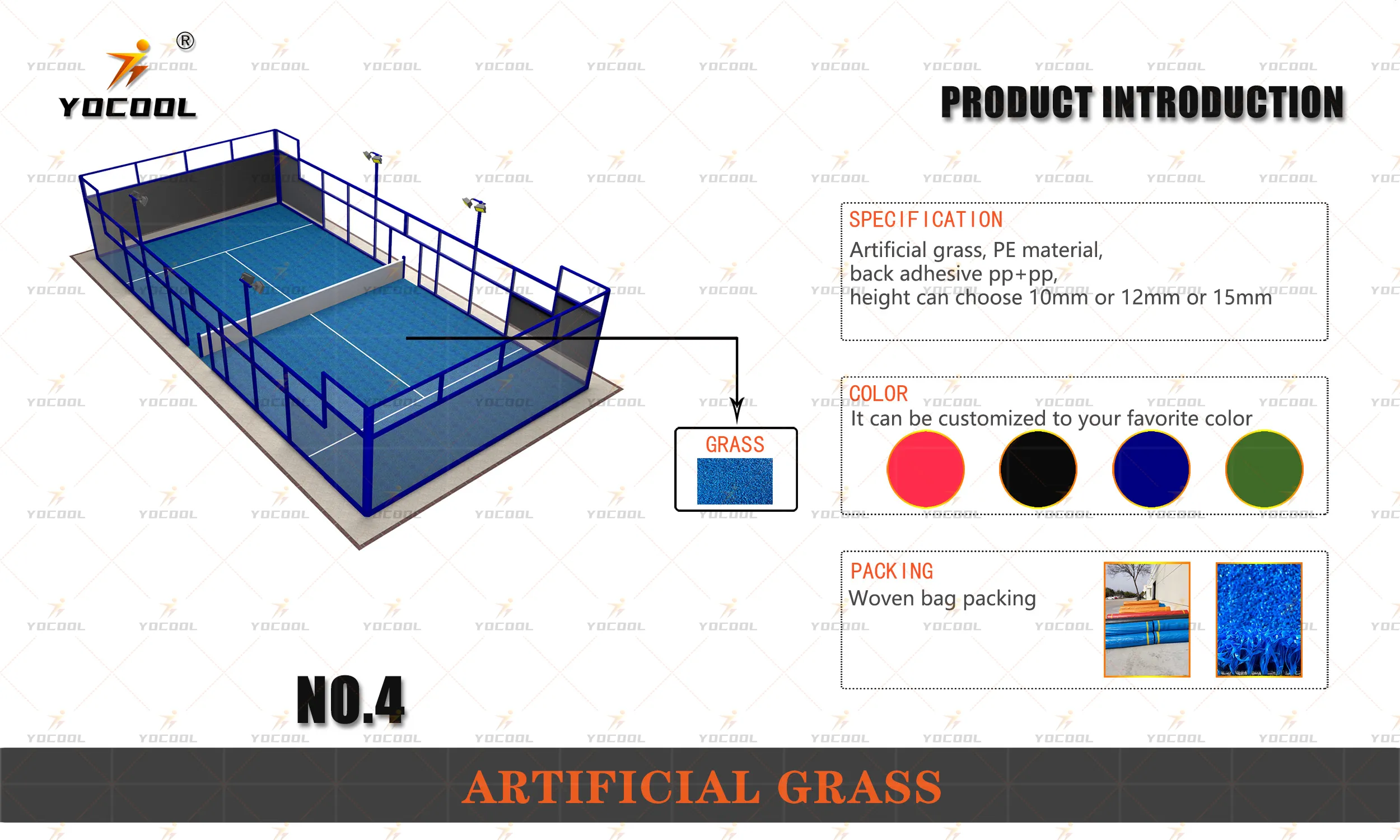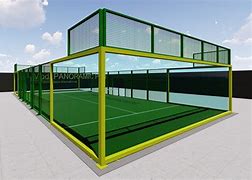China's burgeoning interest in tennis and padel is sparking a significant evolution in its sports infrastructure, with tennis and padel courts swiftly gaining popularity. This phenomenon is not merely a reflection of global sporting trends, but also a testament to the nation's commitment to diversifying its sports culture and facilities in urban and suburban areas alike.

In recent years, China has experienced a noticeable shift towards racquet sports such as tennis and padel, driven by increased public interest, government investment, and international influence. Tennis has long been a staple in the Chinese sporting landscape, boasting renowned players and a broad base of enthusiasts. Meanwhile, padel—a hybrid sport combining elements of tennis and squash—has started to capture the imagination of sports aficionados across the country. This dual interest is leading to an unprecedented demand for specialized sports courts.
The development of tennis and padel courts in China is marked by meticulous attention to design and functionality. Traditional tennis courts are being renovated and new ones built with cutting-edge materials and technologies. Air-cushioned flooring systems and weather-resistant surfaces are standard features, ensuring optimum playing conditions that meet international standards. These upgrades not only enhance the playing experience but also attract international tournaments, elevating China's status as a premier destination for racquet sports.

Padel courts, in particular, are sculpting a niche within China's sports infrastructure. Unlike tennis, padel is typically played in doubles on a smaller court enclosed by walls, adding a tactical dimension to the game. The sport’s demand for unique court characteristics—such as glass walls and synthetic turf—is driving innovation within the construction industry. Chinese architects and engineers are collaborating with international padel court manufacturers to ensure these facilities are built to global specifications, fostering a robust ecosystem for professional and amateur players alike.
The surge in tennis and padel courts also reflects broader strategic imperatives. The Chinese government, keen on promoting a balanced and healthy lifestyle, is investing heavily in public sports amenities. Local governments offer incentives to private enterprises that develop sports infrastructure, thereby accelerating the proliferation of these courts in both metropolitan and rural locales. This influx of funding is bridging the gap between urban sophistication and rural accessibility, making racquet sports more inclusive.
china tennis padel court
Furthermore, the infusion of technology into these courts is augmenting their appeal. Modern tennis and padel courts in China are being equipped with advanced tracking systems and smart lighting solutions, enabling players to enhance their skills through data analytics. These technological integrations not only benefit professionals but also enrich the recreational experience for casual players, marking a significant leap in sports facility standards.
China's burgeoning status as a hub for tennis and padel is further reinforced by its commitment to sustainability. Many newly constructed courts emphasize eco-friendly materials and sustainable building practices. Solar panels, rainwater harvesting systems, and recyclable materials are increasingly common, reflective of China’s long-term environmental goals. These sustainable practices demonstrate China’s dedication to harmonizing sports development with ecological responsibility, enhancing the credibility and attractiveness of its sports infrastructure.
As China continues to expand its tennis and padel court offerings, the ripple effects extend to the global sports industry. International sports brands and organizations are flocking to China, eager to capitalize on the growing market. This influx introduces opportunities for cross-border collaborations in sports technology, facility management, and event hosting, further embedding China within the global sports dialogue.
In summary, the evolution of tennis and padel courts in China underscores a multifaceted strategy characterized by innovation, accessibility, technological advancement, and sustainability. This development path not only meets the immediate recreational needs of its populace but also aligns with broader national objectives of fostering a culture of health and international sports excellence. As China forges ahead, its racquet sports infrastructure stands poised as a beacon of modernity and sustainability, strengthening its role as a pivotal player in the global sports arena.



